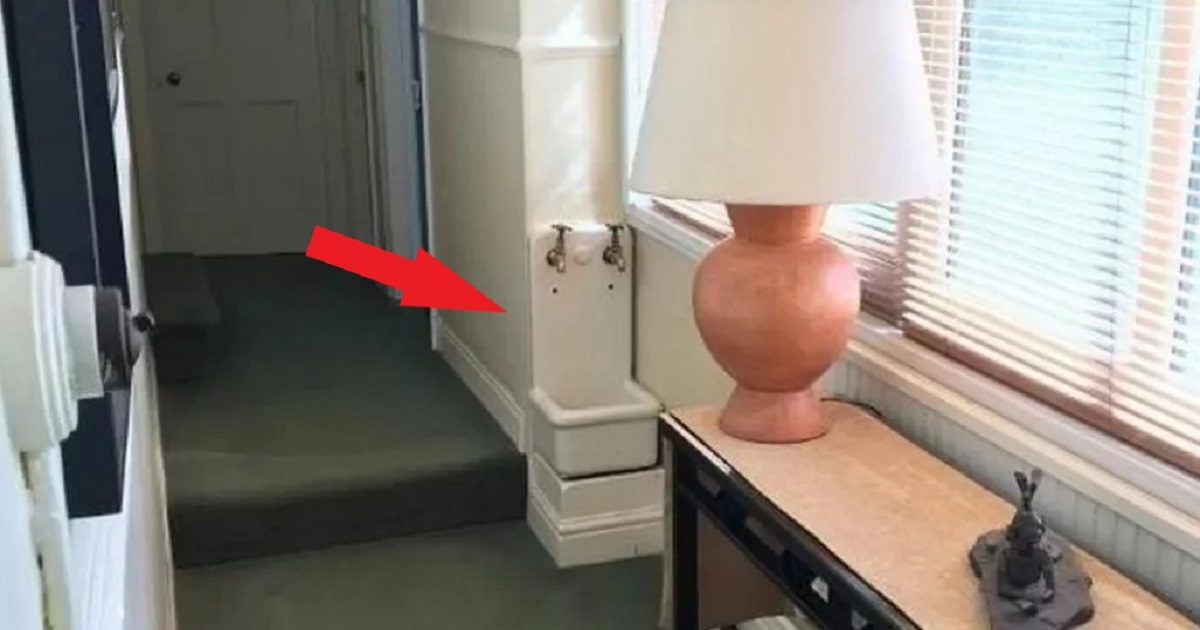As I stroll down the hallways of old buildings, a particular architectural feature never fails to catch my attention – a small sink tucked away in a corner. Initially, I wondered about its purpose, intrigued by its quaint and enchanting presence. After a bit of research and exploration, I discovered that this unassuming fixture is known as a “mop sink.” Its helpful and useful design has stood the test of time, providing an invaluable aid in maintaining cleanliness and order.
The moment I laid eyes on this vintage detail, I felt a connection to the past. It’s as if these sinks hold stories of diligent housekeepers and the challenges they faced in maintaining households decades ago. The mop sink is like a silent witness to the bustling activities of a bygone era.
What is a Mop Sink?
So, what exactly is a mop sink, and why is it a helpful addition to a home? Picture this: the daily chores of keeping a home spick and span were not as effortless as they are today. A mop sink was designed to be a reliable assistant in the cleaning process. It provided a designated area to clean and rinse mops, buckets, and other cleaning tools without making a mess in the main living areas.
Easing the Housekeeper’s Burden
Imagine being a housekeeper in the past, tasked with scrubbing and cleaning various surfaces using heavy buckets of water and soapy mops. The mop sink must have been a blessing in disguise, making the cleaning routine significantly more manageable. With a designated space to clean tools, the housekeeper could maintain cleanliness without tracking dirt and water all over the house.
Mop Sink vs. Butler’s Sink
While the terms “mop sink” and “butler’s sink” might be used interchangeably, there are subtle differences between the two. A butler’s sink, also known as a Belfast sink, was wider, bigger, and deeper compared to the modest mop sink. Butler’s sinks were often used for more general tasks, including washing dishes and even bathing children. On the other hand, mop sinks were specialized tools meant exclusively for cleaning purposes.
As I learned more about the mop sink’s history and purpose, I couldn’t help but appreciate its timeless utility. Despite the advancements in cleaning technology, this simple fixture still holds relevance. If I come across a mop sink in an old building, I now know its original purpose and can use it for precisely that – cleaning tools and keeping the area tidy.
The unassuming mop sink, with its enchanting presence, reveals a rich history of household management and cleaning practices. Its role in making the lives of housekeepers easier is a testament to the thoughtful design that has stood the test of time. As I continue to explore old buildings, I’ll undoubtedly keep an eye out for these vintage gems, appreciating their contribution to our understanding of the past.




